Reptiles are some of the most fascinating and ancient creatures on Earth, with many species growing to impressive sizes. These animals dominate their environments through sheer size, strength, and unique adaptations. Let’s explore some of the largest reptiles in the world, highlighting their size, habitats, and important roles in ecosystems.
Mugger Crocodile (Crocodylus palustris)
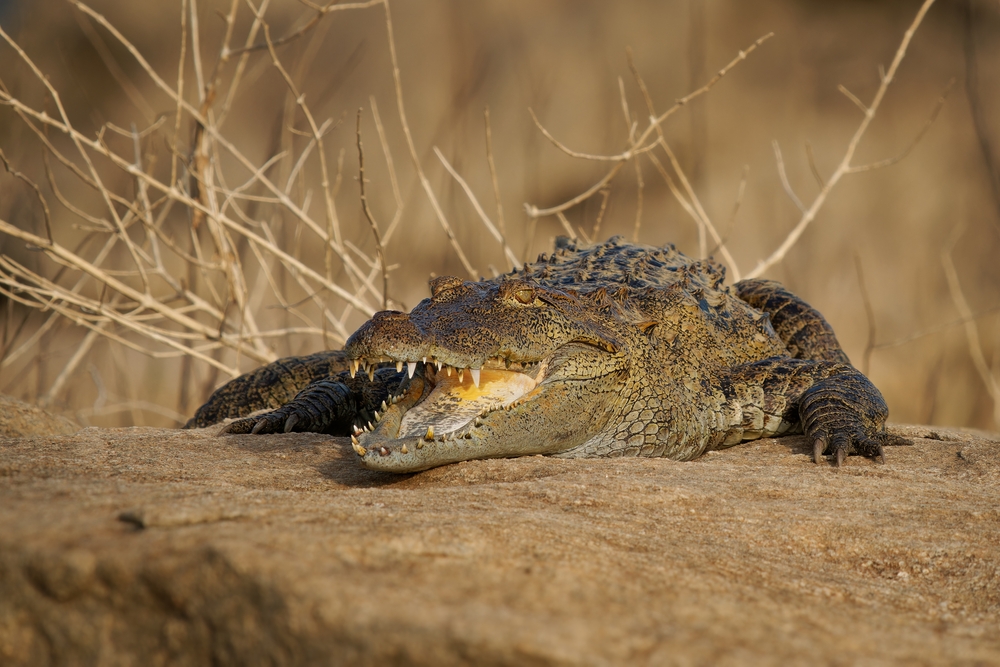
The Mugger Crocodile, also known as the Marsh Crocodile, inhabits freshwater lakes, rivers, and marshes across the Indian subcontinent and surrounding regions. They can reach up to 13 feet (4 meters) in length and weigh between 400 and 500 pounds (180-225 kilograms). Their broad snouts are well-suited for catching fish, but they also prey on birds, mammals, and other reptiles. They are highly adaptable and can tolerate a range of salinity levels, allowing them to thrive in different habitats. However, their populations are vulnerable to poaching and habitat loss. Conservation initiatives have helped protect them, especially in India and Nepal, where efforts have been made to conserve freshwater ecosystems.
Green Anaconda (Eunectes murinus)
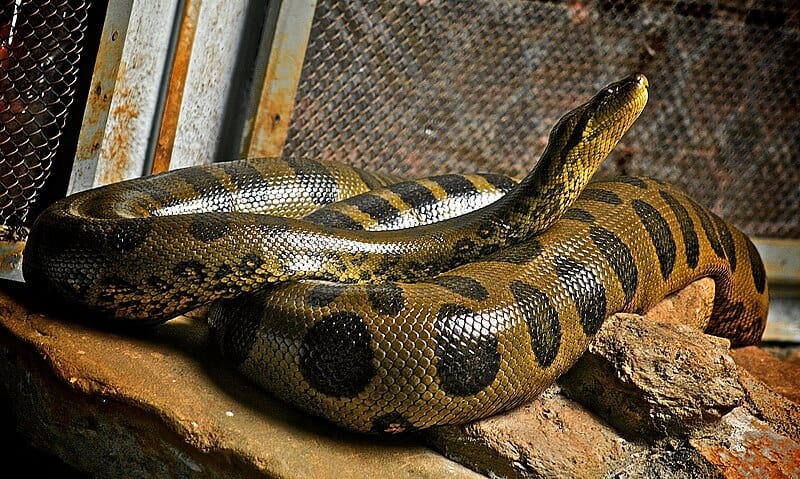
The green anaconda is the heaviest snake in the world, weighing up to 550 pounds (250 kilograms). Females are generally larger than males, growing up to 30 feet (9 meters) in length. Found in the swamps and rivers of South America, particularly in the Amazon Basin, they are powerful predators that use constriction to subdue their prey. They feed on a variety of animals, including fish, birds, mammals, and even caimans. They are excellent swimmers, spending much of their time in the water. Despite their size, they are often preyed upon by humans for their skin, and habitat loss is a significant threat to their populations.
False Gharial (Tomistoma schlegelii)
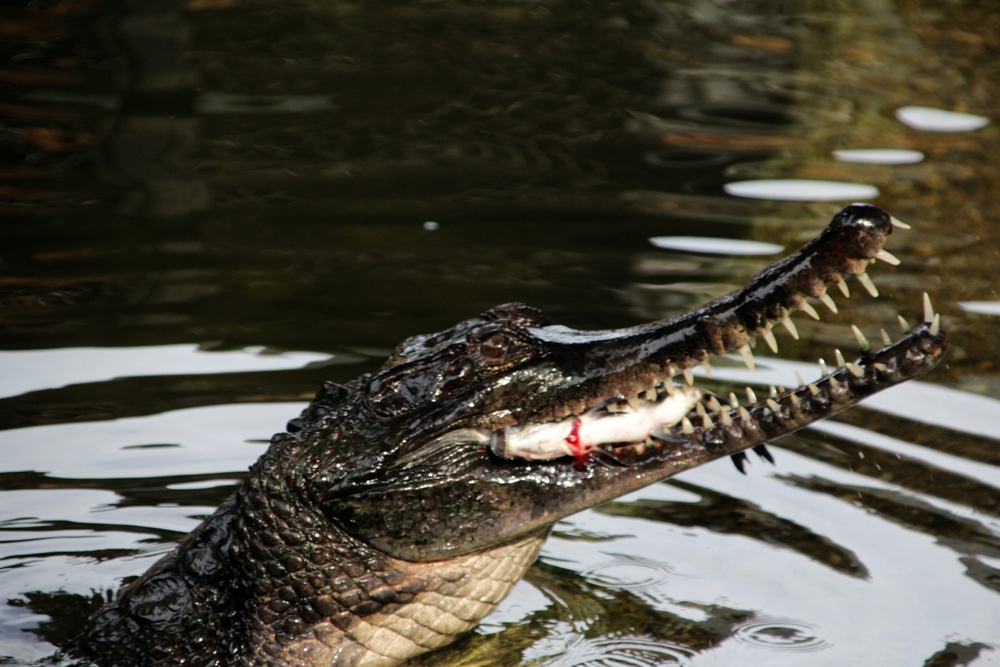
The False Gharial is a unique crocodilian species native to Southeast Asia, growing up to 19 feet (5.8 meters) in length and weighing up to 550 pounds (250 kilograms). It resembles the true gharial due to its long, narrow snout but differs genetically, giving it its “false” designation. It is found primarily in freshwater habitats such as rivers, swamps, and lakes. It feeds mainly on fish, though larger individuals have been known to prey on mammals and birds. Despite its large size, it is a relatively shy species and tends to avoid human interaction.
Green Sea Turtle (Chelonia mydas)
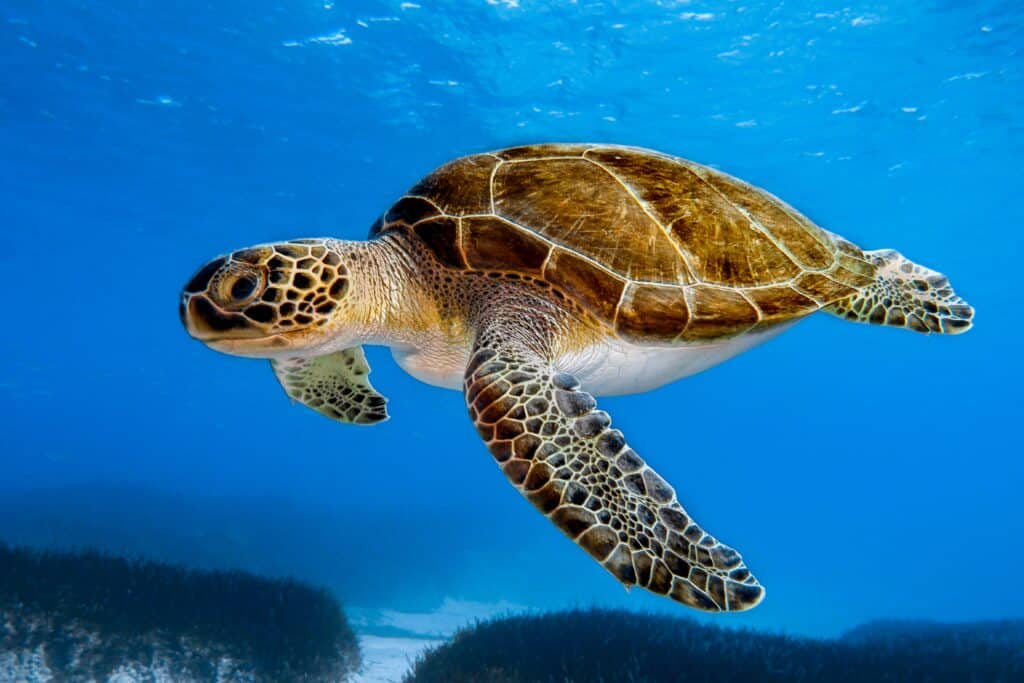
The Green Sea Turtle is one of the largest sea turtles, weighing up to 700 pounds (318 kilograms) and growing up to 5 feet (1.5 meters) in length. They are found in tropical and subtropical waters worldwide, where they feed on seagrass and algae. They play a crucial role in maintaining the health of marine ecosystems by grazing on seagrass beds, which helps prevent overgrowth and promotes nutrient cycling. Despite their ecological importance, they face numerous threats, including habitat loss, poaching, and climate change. Conservation programs have been established to protect their nesting sites and reduce bycatch in fishing operations.
American Crocodile (Crocodylus acutus)
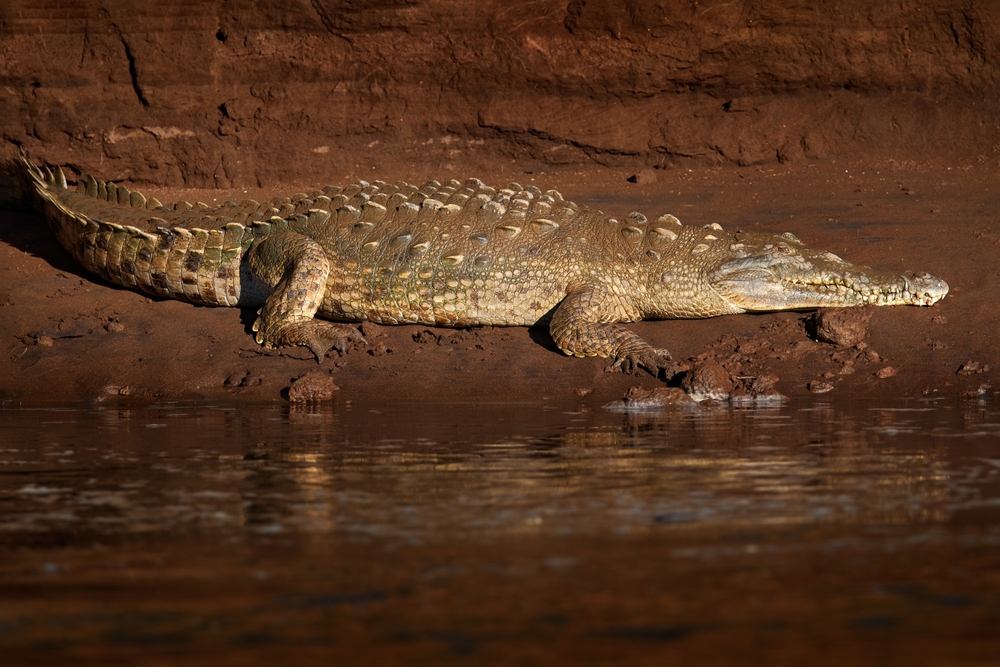
The American Crocodile is one of the largest species of crocodile, growing up to 15 feet (4.6 meters) and weighing around 880 pounds (400 kilograms). Found in the coastal areas of Central and South America, as well as parts of Florida, this species inhabits both freshwater and saltwater environments. They feed primarily on fish but will also consume small mammals, birds, and crustaceans. Despite their large size, they are typically less aggressive than their saltwater relatives. However, human activity, including habitat destruction and illegal hunting, has led to a decline in their population, particularly in regions like Mexico and the Caribbean.
American Alligator (Alligator mississippiensis)
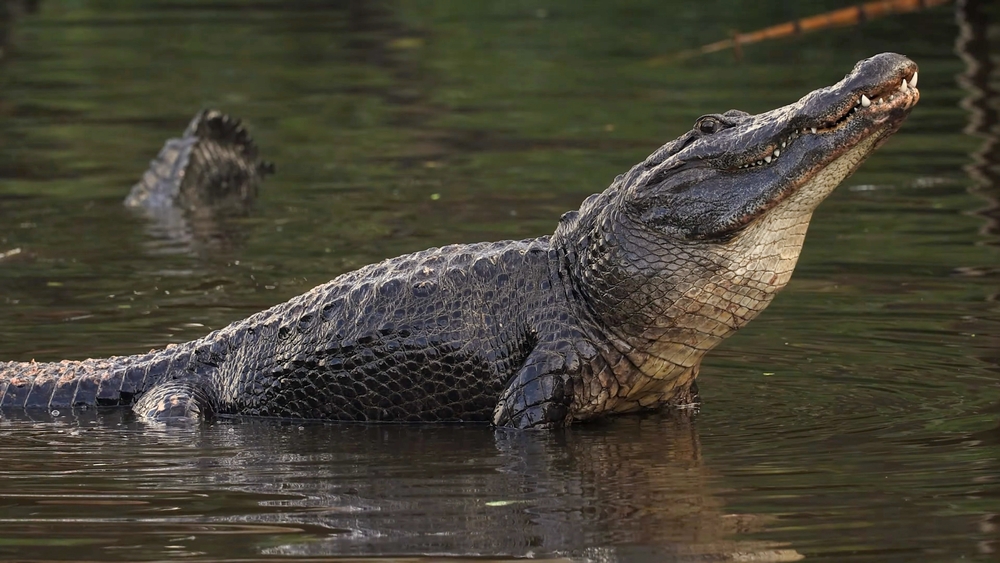
The American alligator typically weighs between 440 and 1,000 pounds (200-450 kilograms). Males tend to be much larger than females, growing up to 15 feet (4.5 meters) in length. These powerful reptiles inhabit the freshwater wetlands of the southeastern United States, particularly in Louisiana and Florida. They are opportunistic carnivores, feeding on fish, birds, small mammals, and even other alligators. They are critical to their ecosystem, as they create “alligator holes” that provide water for other animals during dry spells. After being hunted nearly to extinction for their hides, they were listed as an endangered species in 1967. Conservation efforts have since led to a significant recovery, and they were removed from the endangered species list in 1987.
Orinoco Crocodile (Crocodylus intermedius)
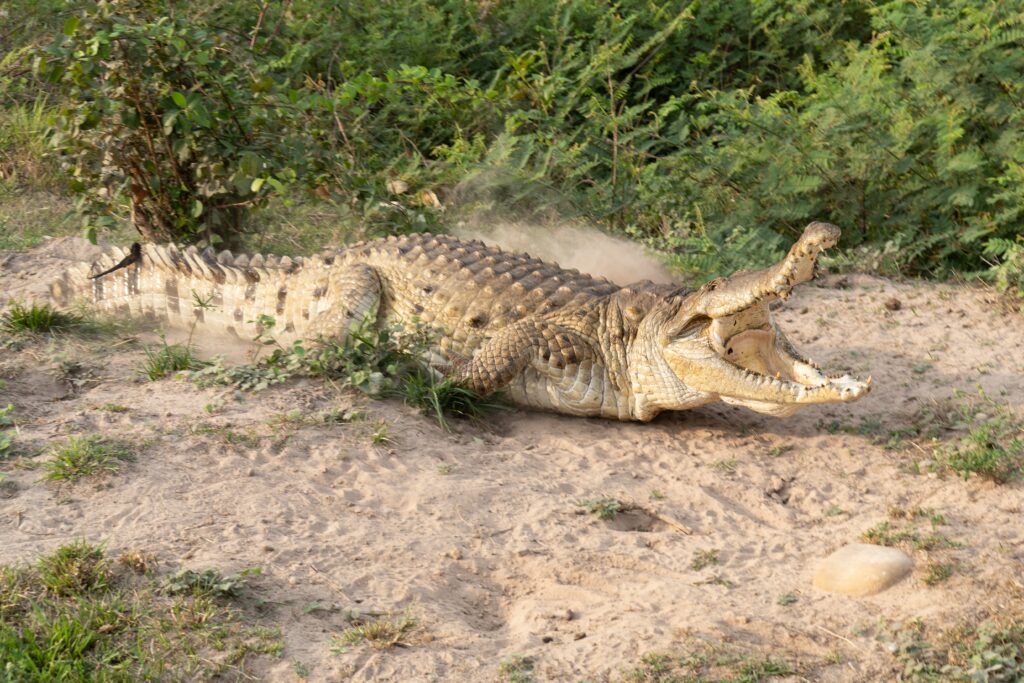
Weighing between 500 and 1,100 pounds (225-500 kilograms), the Orinoco crocodile is one of the largest and rarest reptiles in the world. This critically endangered species is native to the Orinoco River Basin in Colombia and Venezuela. It has pale green or yellow skin with dark spots and inhabits freshwater rivers and lakes. It primarily preys on fish but will also hunt birds and small mammals. Its population has been devastated by overhunting for its skin, and it is now one of the most endangered crocodiles, with only a few hundred individuals remaining in the wild.
Black Caiman (Melanosuchus niger)
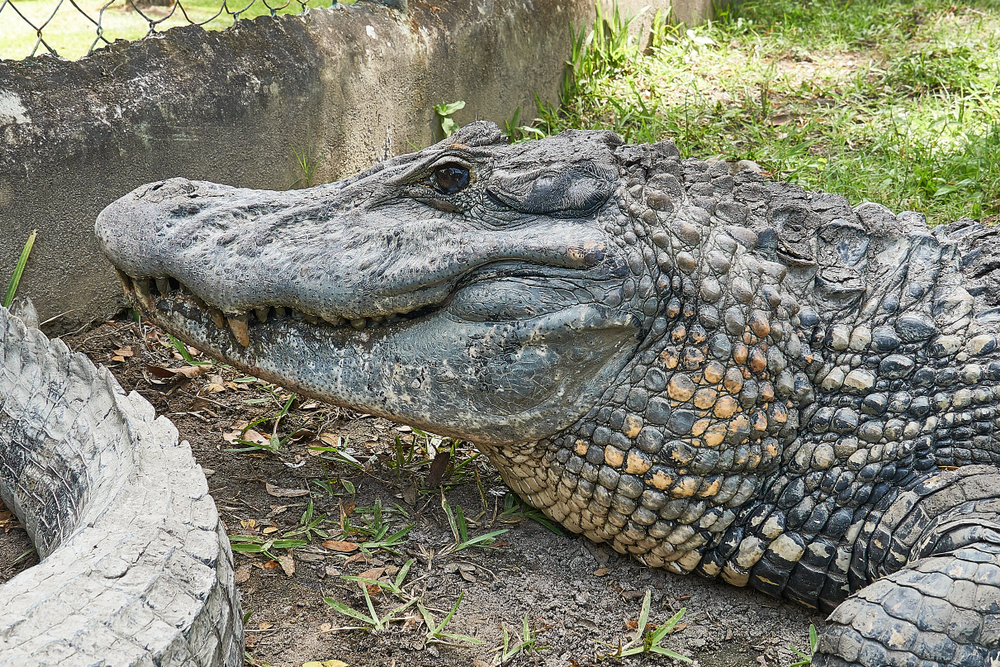
The Black Caiman is the largest predator in the Amazon Basin and one of the largest members of the alligator family. This formidable reptile can grow up to 16 feet (4.8 meters) in length and weigh around 1,100 pounds (500 kilograms). They are primarily found in freshwater habitats, such as rivers and lakes, where they prey on a variety of animals, including fish, birds, and even large mammals like deer and capybaras. Their dark coloration helps them camouflage in the murky waters of the Amazon. Unfortunately, they have been hunted for their valuable skin, which has led to a significant decline in their population.
Nile Crocodile (Crocodylus niloticus)
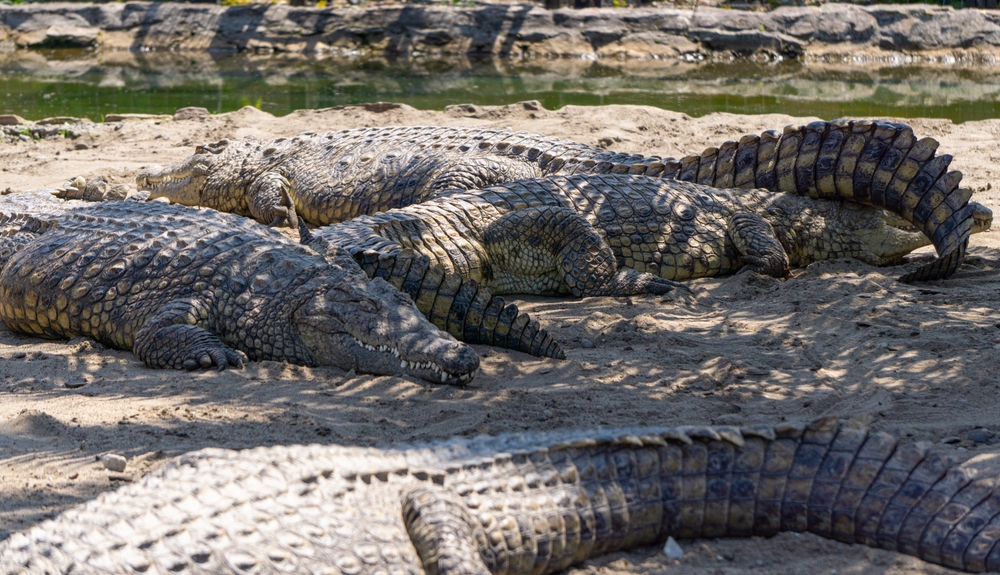
The Nile crocodile can weigh up to 1,650 pounds (750 kilograms) and grow over 20 feet (6 meters) in length. Found throughout sub-Saharan Africa and along the Nile River, these crocodiles are notorious for their size and aggression. They are apex predators, preying on a wide range of animals, including fish, birds, and large mammals like zebras and antelope. They are known for their stealth and powerful jaws, which can crush bone. Despite their fearsome reputation, they are vital to maintaining the balance of their ecosystems by controlling prey populations. Habitat loss and hunting pose threats to their populations, but they are not currently considered endangered.
Leatherback Sea Turtle (Dermochelys coriacea)
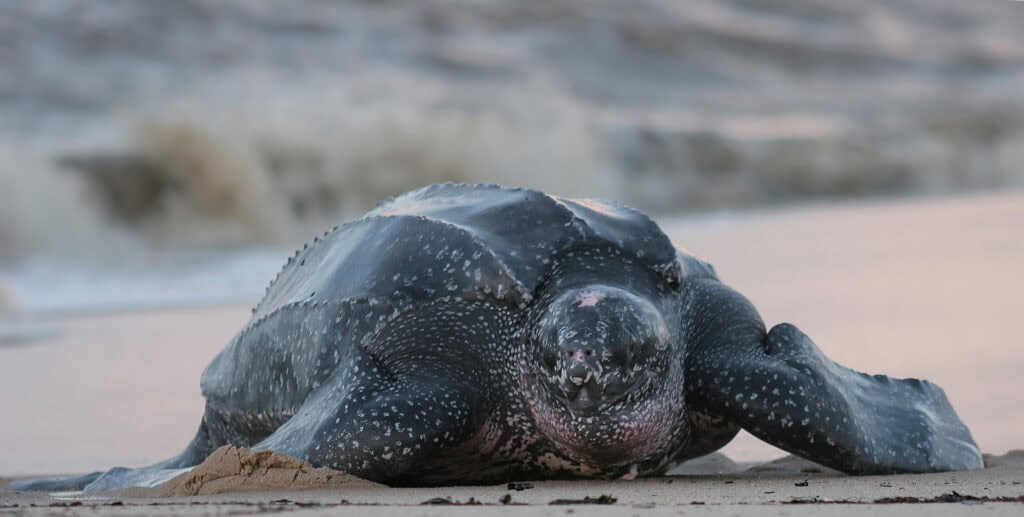
The leatherback sea turtle can weigh up to 2,000 pounds (900 kilograms), making it the largest turtle in the world. Unlike other turtles, the leatherback’s shell is not hard but consists of a layer of tough, rubbery skin reinforced by tiny bone plates. This unique structure allows it to dive to depths of 4,000 feet (1,200 meters) and swim vast distances across the world’s oceans. They primarily feed on jellyfish and are capable of migrating over 10,000 miles annually in search of food. Their populations are declining due to poaching, habitat loss, and plastic pollution, but conservation efforts are in place to protect their nesting sites and reduce threats to their survival.
Saltwater Crocodile (Crocodylus porosus)
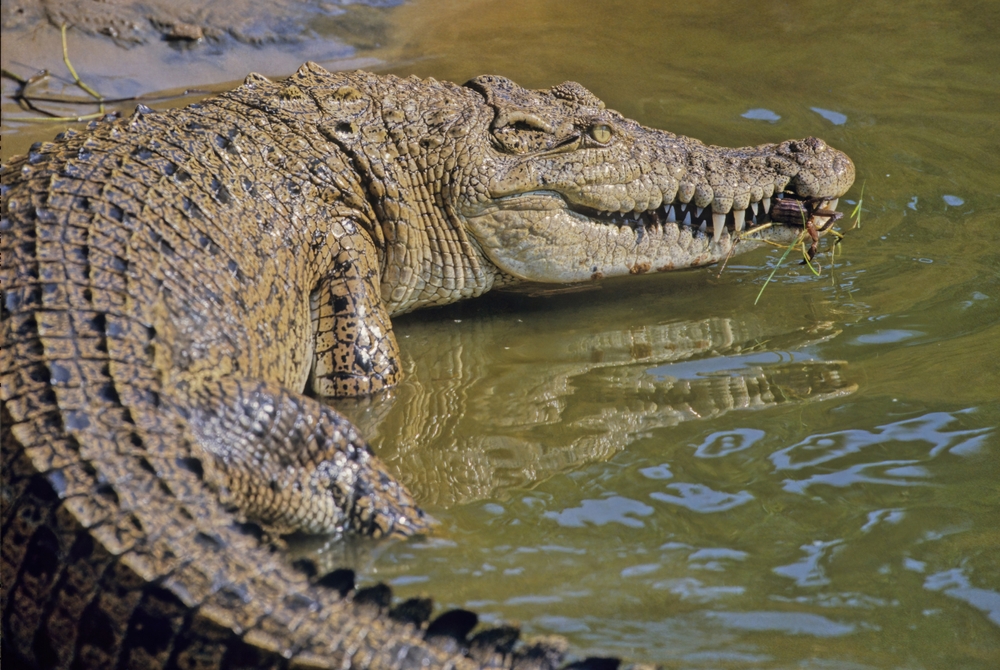
The saltwater crocodile is the largest living reptile, capable of weighing more than 2,200 pounds (1,000 kilograms) and growing up to 23 feet (7 meters) in length. They are found in coastal regions across Southeast Asia and Northern Australia. They are opportunistic predators, feeding on fish, birds, and large mammals such as buffalo and deer. They are exceptional swimmers and can travel long distances through saltwater, earning them their name. Known for their territorial behavior and powerful bite, they are considered one of the most dangerous animals to humans. Despite their fearsome reputation, they are protected by conservation laws, as their populations were once threatened by hunting for their skins.
This article originally appeared on Rarest.org.
More from Rarest.org
15 Stunning Big Cats Roaming the World`s Most Beautiful Landscapes
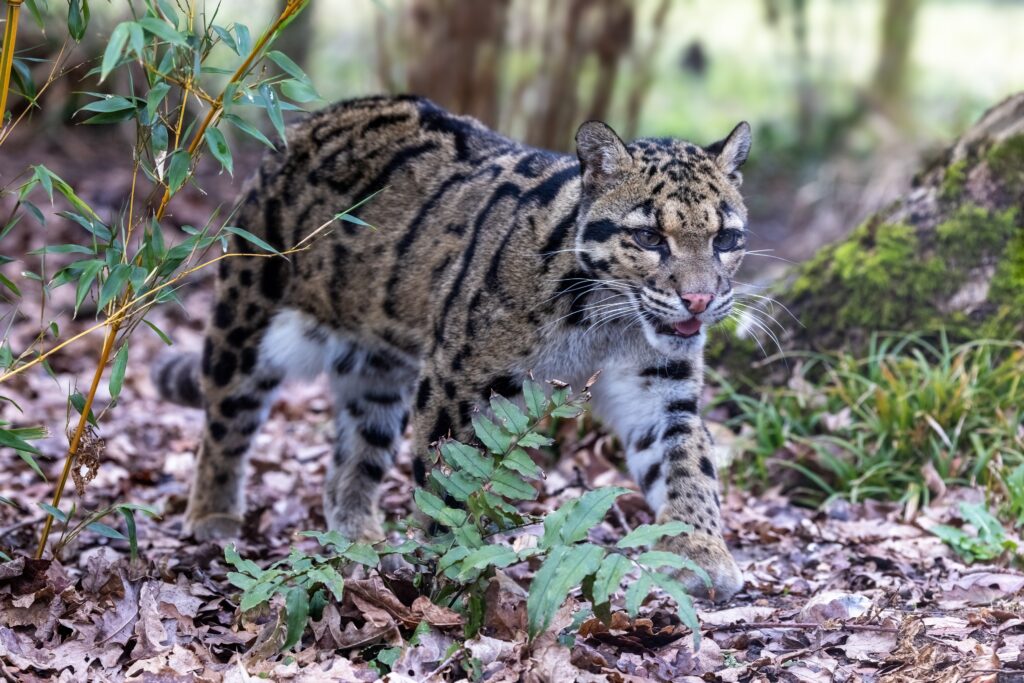
Big cats are some of the most awe-inspiring creatures on the planet, roaming a variety of stunning landscapes across the globe. From the dense rainforests of the Amazon to the snowy peaks of the Himalayas, these majestic predators have adapted to thrive in some of the world’s most beautiful and diverse environments. Read More.
14 Mysterious Lost Civilizations That Still Puzzle Historians

Throughout history, many civilizations have risen to greatness, only to mysteriously vanish, leaving behind ruins and unanswered questions. These lost cultures, once thriving and influential, continue to puzzle historians and archaeologists alike. Read More.
15 Rare and Exotic Amphibians Thriving in Remote Jungles
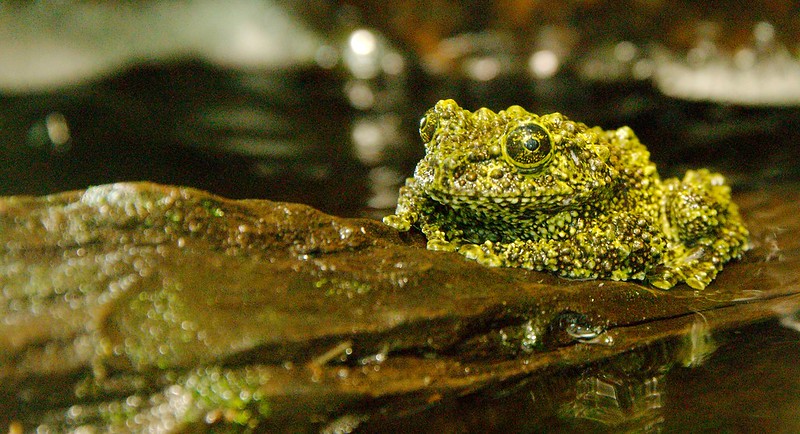
Deep within the world’s most remote jungles, a diverse range of rare and exotic amphibians thrive, often hidden from human view. These remarkable creatures have evolved unique traits to survive in their specific environments, from vibrant colors that ward off predators to extraordinary abilities like gliding or regenerating limbs. Read More.
